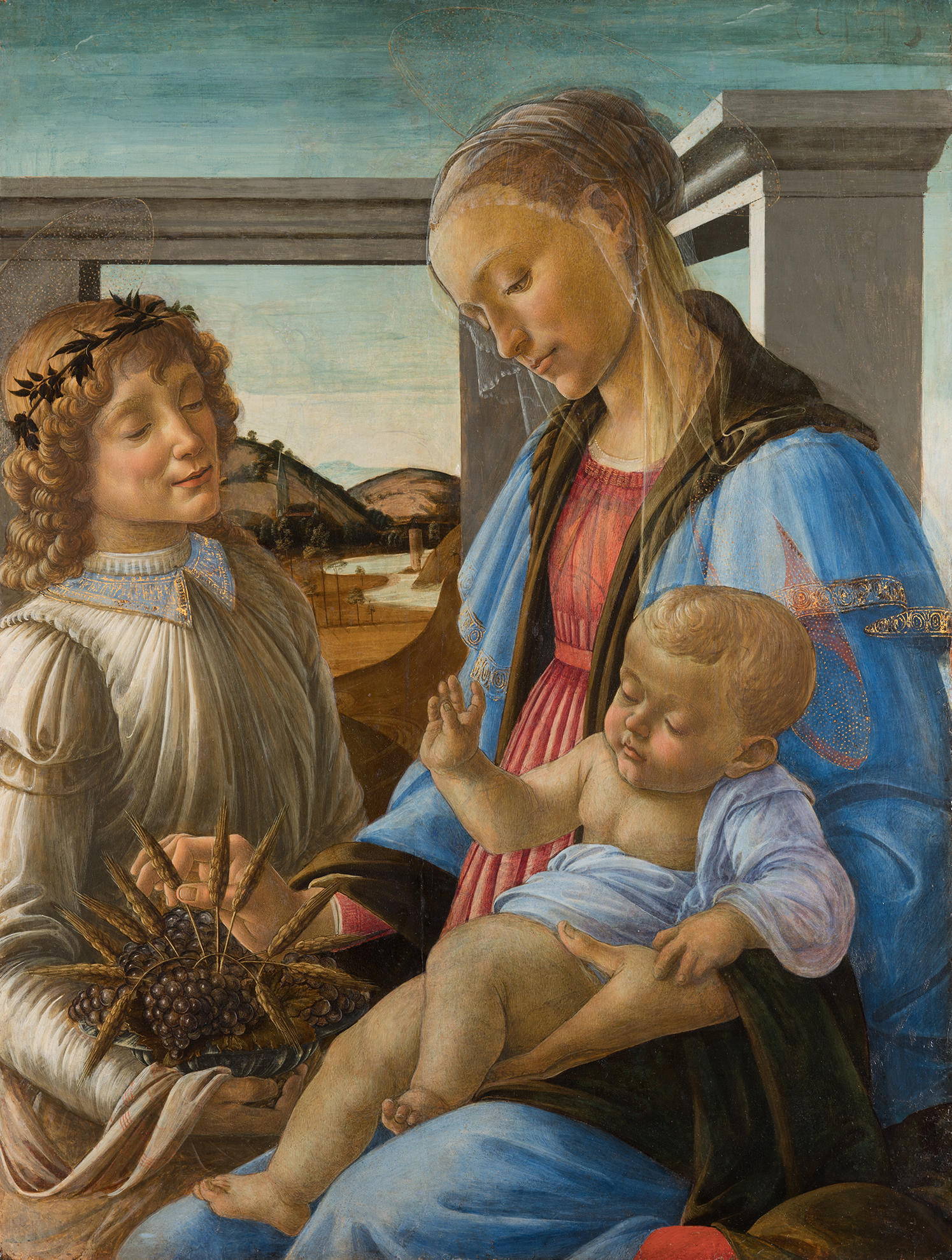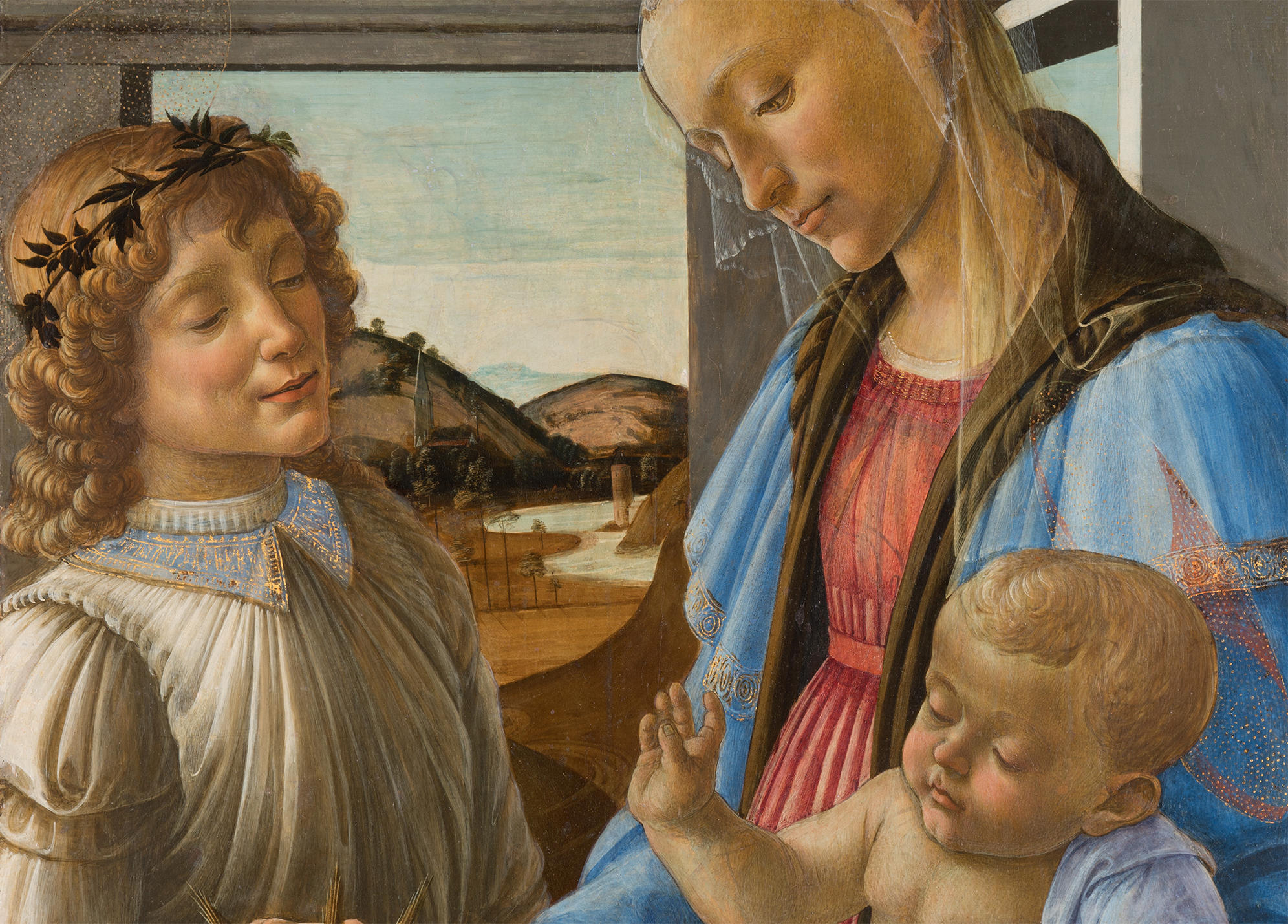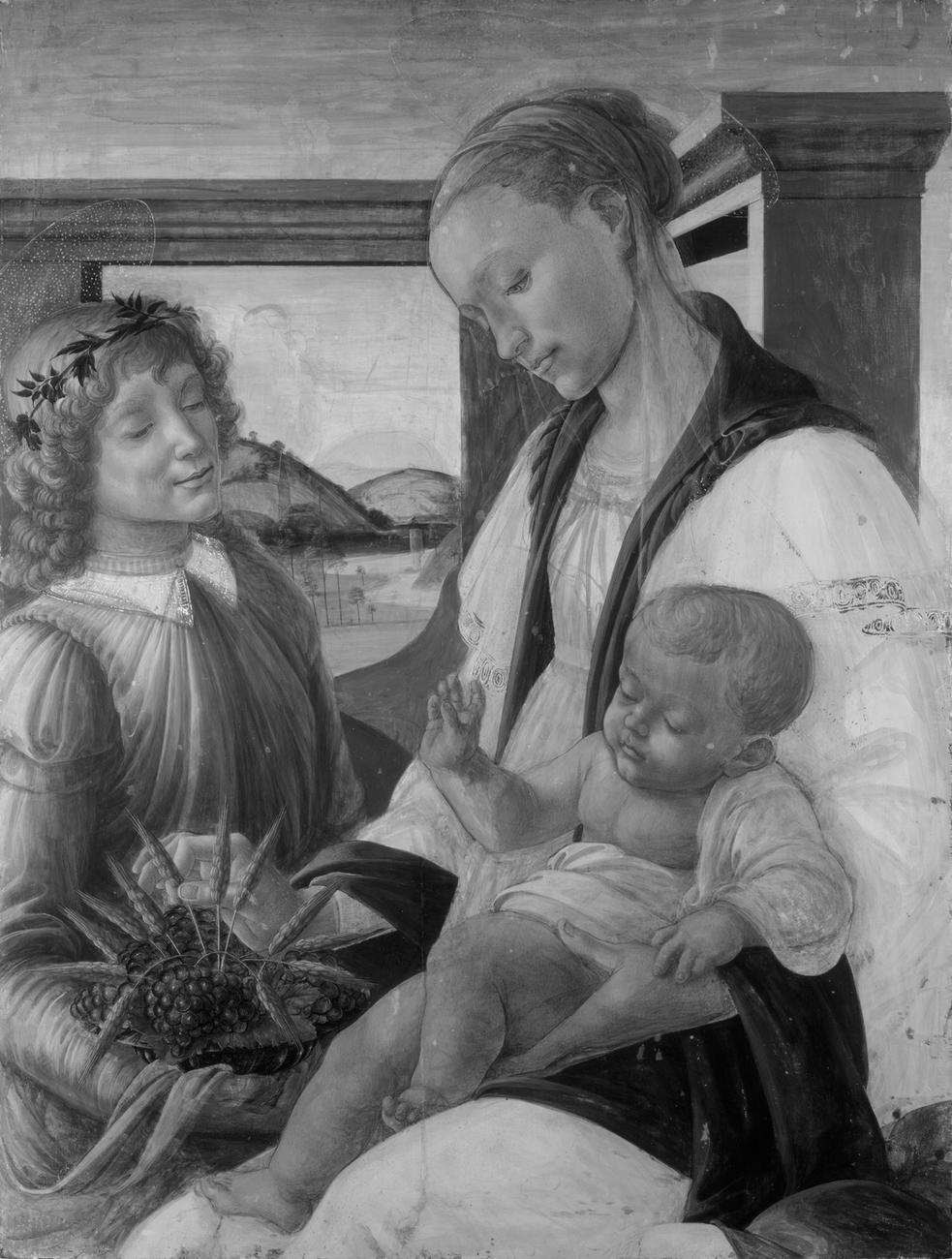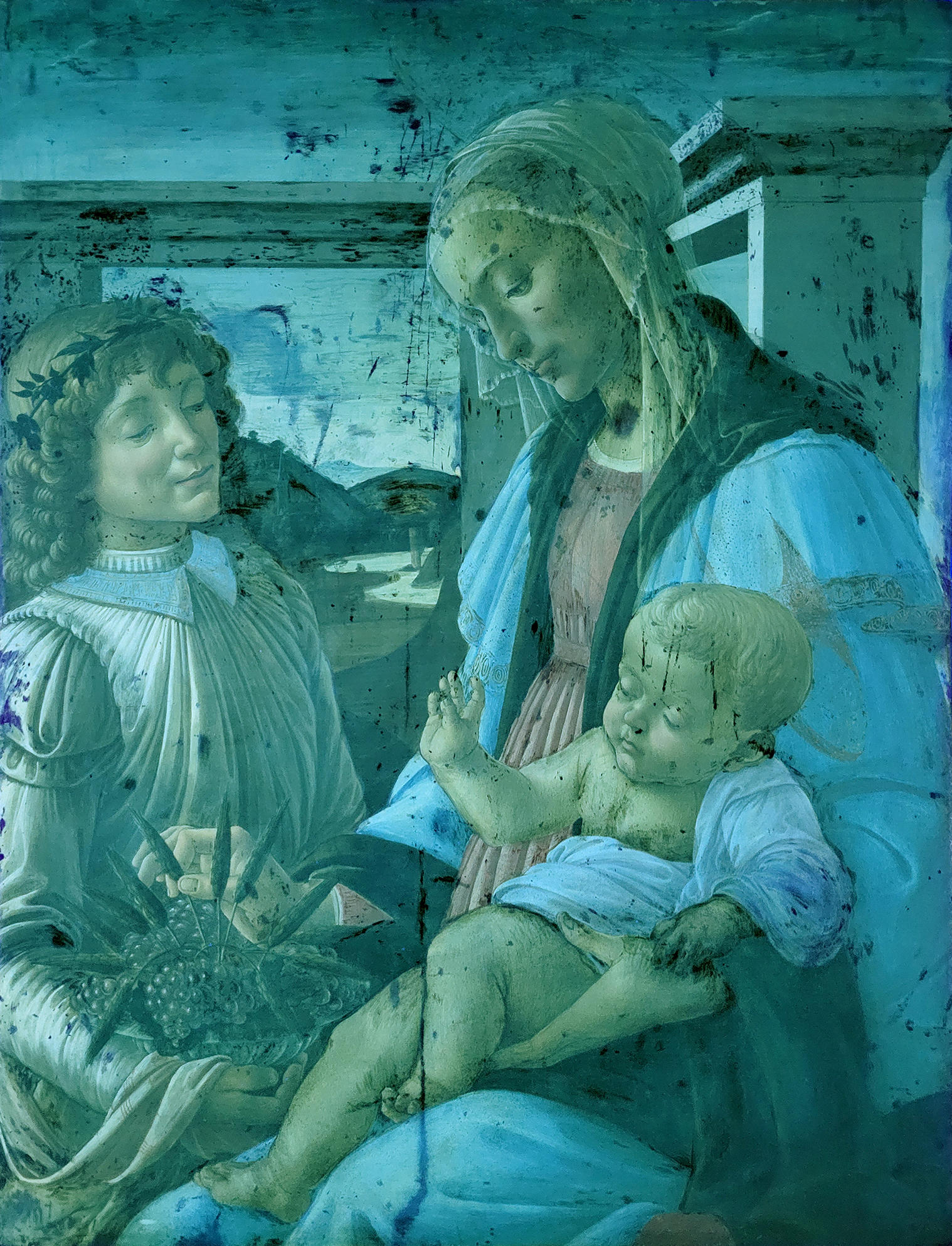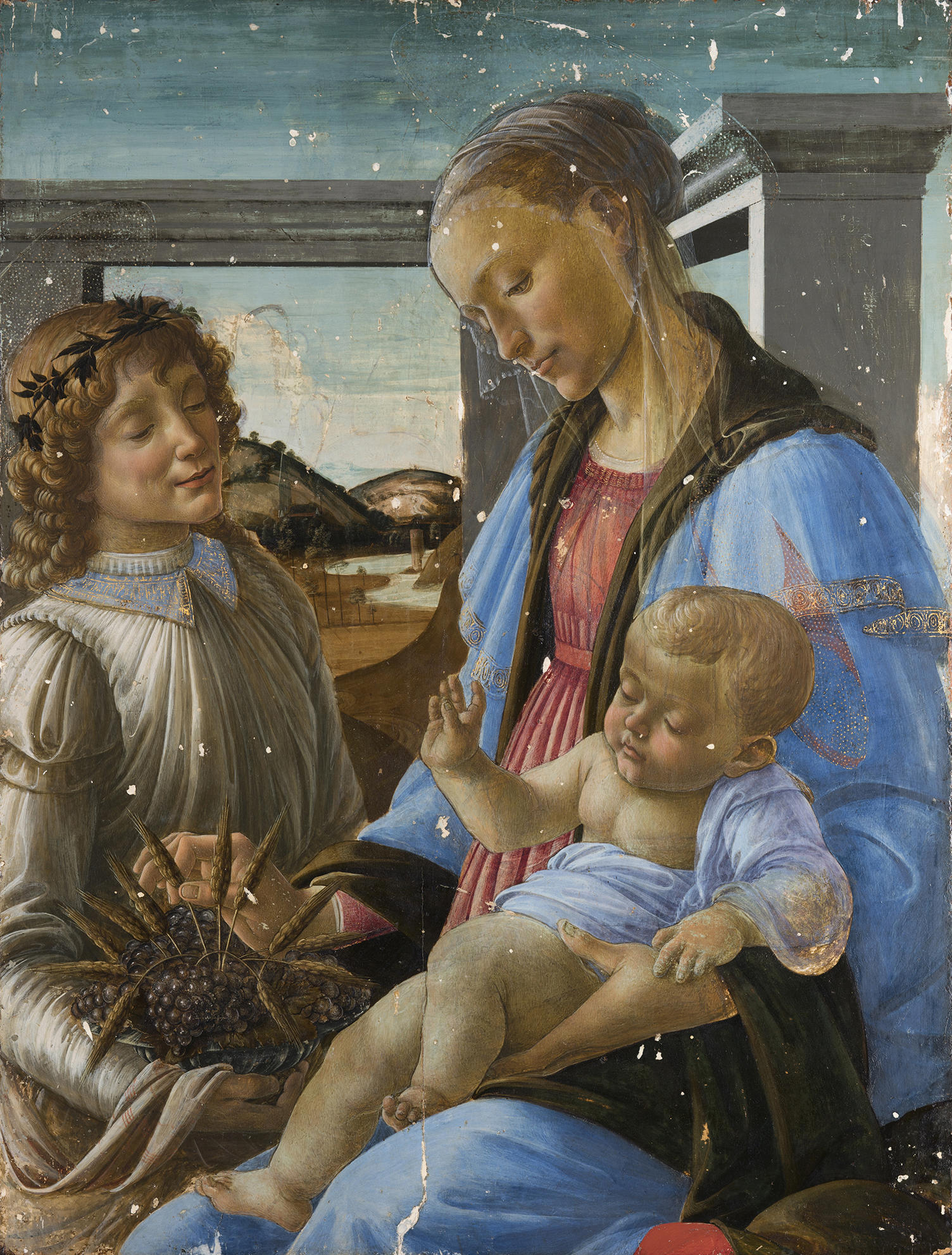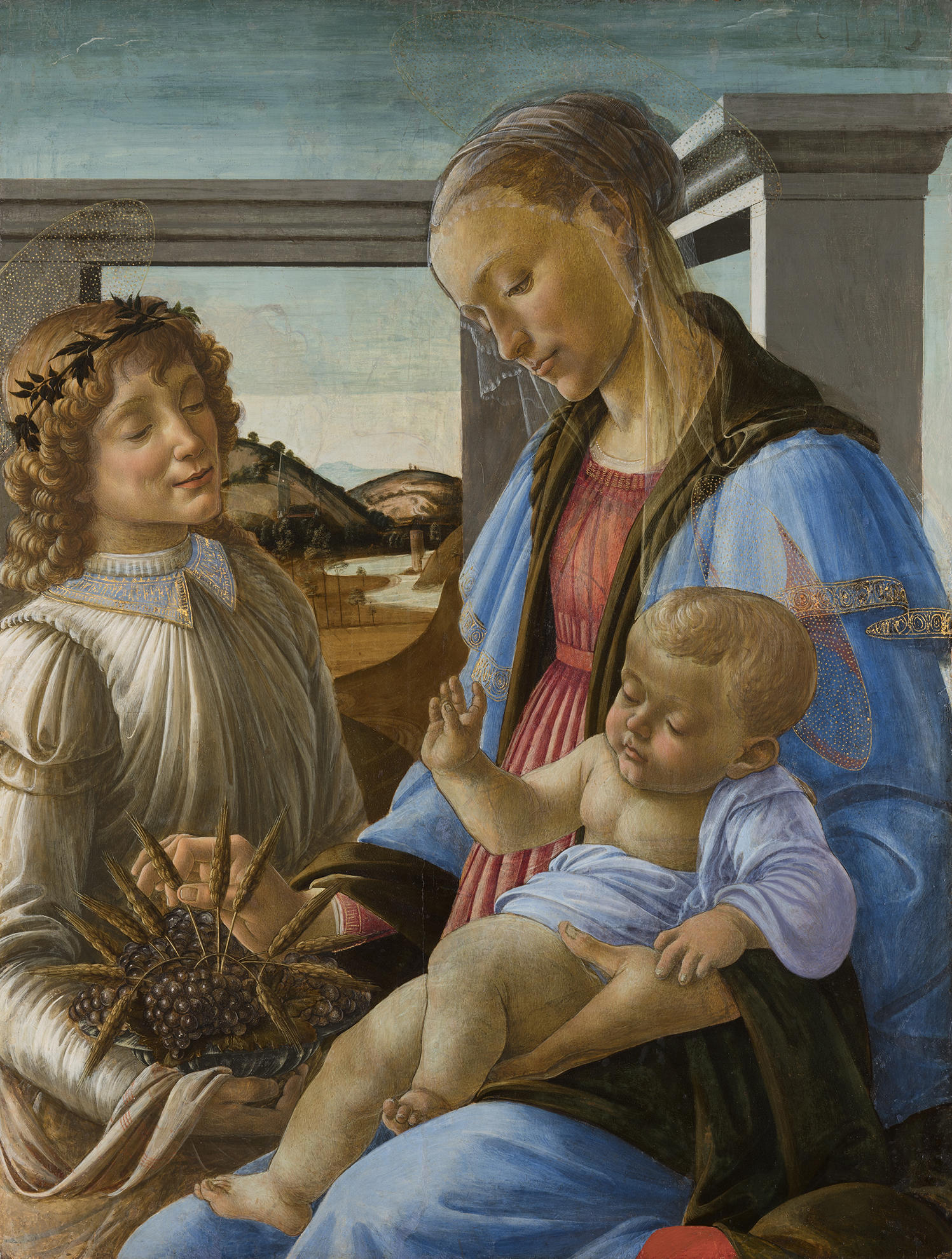Botticelli’s Virgin and Child: Infrared and Ultraviolet Light Imaging
Gardner Museum conservators recently restored Botticelli’s Virgin and Child with an Angel guided by infrared and ultraviolet imaging. Learn how this technology can teach us about the artist’s technique and previous conservation treatments.
